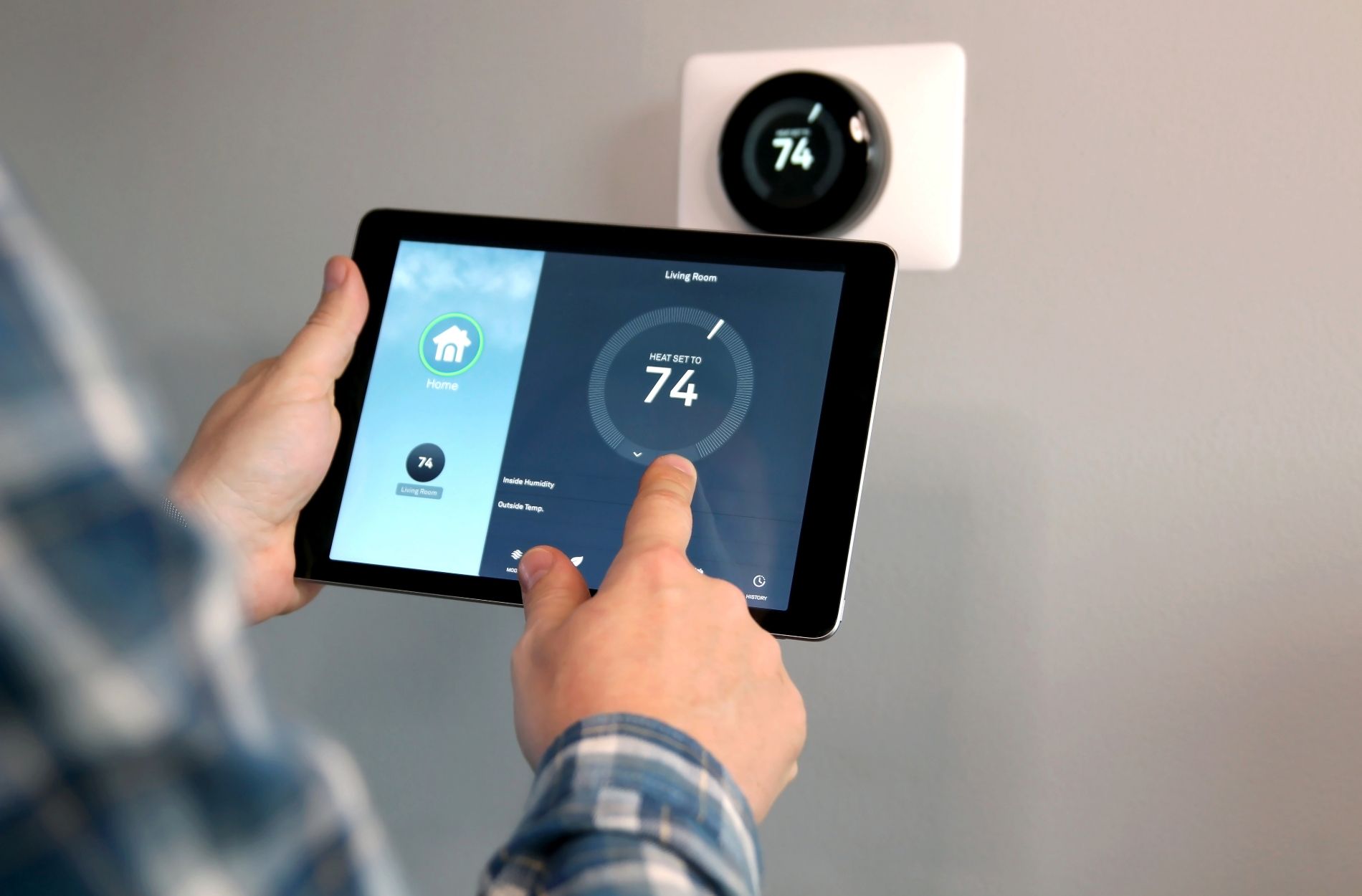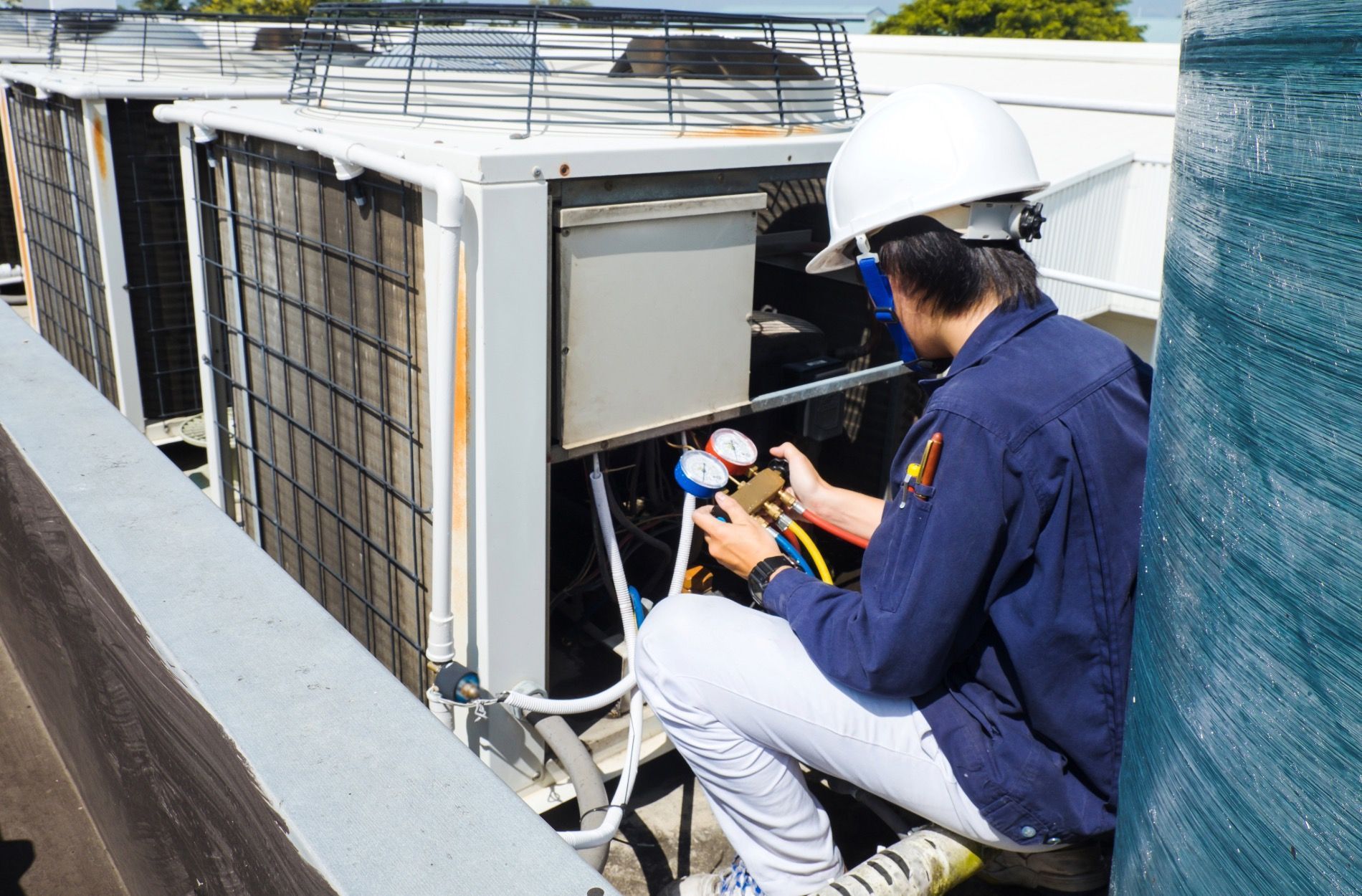Enhancing Indoor Air Quality with Your HVAC System
Indoor air quality has a significant impact on the overall comfort, health, and well-being of you and your family. With individuals spending an alarming 90% of their time indoors, the importance of maintaining a healthy and clean indoor environment should not be underestimated. One often overlooked factor contributing to indoor air quality is your heating, ventilation, and air conditioning (HVAC) system. The right HVAC system, when properly maintained and optimized, can not only regulate temperature but also play a pivotal role in promoting a healthy indoor atmosphere.
In this informative and educational blog article, we will explore various aspects of indoor air quality and the vital role your HVAC system plays in ensuring a comfortable and healthy living space. We will delve into key factors that can adversely impact your indoor air quality, such as poor ventilation, pollutants, and even humidity. In addition, we will share valuable tips and guidance for boosting the quality of your indoor air by leveraging your HVAC system, such as regular maintenance, system upgrades, and efficient filtration methods.
Ultimately, our aim is to provide you with valuable insights and actionable advice to help you enhance the quality of your indoor air and create a healthier, more comfortable environment for yourself and your loved ones. Trust our team of experienced HVAC professionals at Anytime Heating & Air to guide you on this journey towards healthier living through improved indoor air quality.
Understanding Indoor Air Pollutants and Their Impact
To take effective measures for improving indoor air quality, it's essential first to understand the common pollutants and their potential impact on your health and comfort. Some of these pollutants include:
1. Dust and Allergens: Common sources of indoor dust and allergens include pet dander, pollen, dust mites, and mold spores. These can trigger allergies, respiratory issues, and overall discomfort.
2. Volatile Organic Compounds (VOCs): VOCs are chemicals released from various products, such as household cleaners, building materials, and personal care products. High levels of VOCs can lead to eye, nose, and throat irritation, headaches, and more severe health complications.
3. Biological Contaminants: Examples of biological contaminants include mold, mildew, bacteria, and viruses. These can cause adverse health effects, including allergies, asthma, and respiratory problems.
4. Inadequate Ventilation: Poor ventilation can lead to stale indoor air and elevated levels of indoor pollutants, impacting respiratory health and comfort.
Now that we have a basic understanding of indoor air pollutants let's explore effective methods of using your HVAC system to enhance indoor air quality.
Implementing Effective HVAC-Related Solutions
1. Scheduled HVAC Maintenance
Scheduling regular maintenance for your HVAC system with experienced professionals is a vital aspect of maintaining good indoor air quality. This includes inspecting and cleaning components and checking for any issues that could impact air quality, such as clogged air filters, mold growth, or inadequate ventilation.
2. Upgrading HVAC Filters
Quality air filters are essential for trapping pollutants and allergens in your home. Ensuring the proper type and size of the filter, as well as regularly replacing or cleaning them, can greatly improve your indoor air quality. Consider upgrading to high-efficiency filters with higher Minimum Efficiency Reporting Value (MERV) ratings for better filtration.
3. Increasing Ventilation
Adequate ventilation is crucial for improving indoor air quality as it helps to remove stagnant air and reduce indoor pollutant concentrations. Consider incorporating additional ventilation methods, such as exhaust fans, whole-house air exchangers, or keeping windows open, especially when using products that emit VOCs.
4. Investing in an Air Purification System
Air purification systems, such as air cleaners or UV germicidal lights, can be an effective solution for improving indoor air quality. These systems work in tandem with your HVAC system to remove various contaminants, including allergens, mold spores, and even viruses or bacteria.
5. Controlling Indoor Humidity
Maintaining an optimal indoor humidity level (40-60%) can reduce the growth of mold, mildew, and dust mites, improving your home's air quality. Consult with an HVAC professional to find the best solution for controlling humidity in your home, such as installing a whole-home humidifier or dehumidifier.
Additional Tips for a Healthier Indoor Environment
While your HVAC system plays a significant role in maintaining good indoor air quality, there are additional measures you can take to ensure a healthier home environment:
1. Source Control: Identify and eliminate or reduce sources of indoor pollutants, such as switching to low-VOC products, keeping your house clean to minimize dust accumulation, and addressing any moisture issues that can lead to mold growth.
2. Smoke-Free Home: Refrain from smoking indoors to prevent the harmful effects of secondhand smoke on your loved ones and indoor air quality.
3. Houseplants: Adding indoor plants can assist in improving air quality by naturally filtering pollutants and releasing oxygen back into the air. Some suggested plants for cleaner indoor air include spider plants, peace lilies, and snake plants.
Conclusion
In conclusion, maintaining and improving indoor air quality involves a combination of effective HVAC maintenance, system upgrades, and thoughtful practices that minimize indoor pollutants. By following these tips and recommendations, you can create a healthier and more comfortable living environment for you and your family. Trust our team of experienced technicians at Anytime Heating & Air to help guide you through your journey toward better indoor air quality and healthier living. Get in touch with us today for a consultation or to schedule professional
HVAC system maintenance tailored to your home's unique needs.


